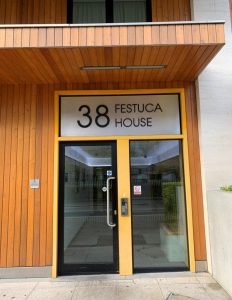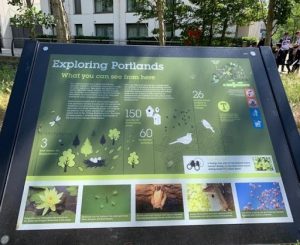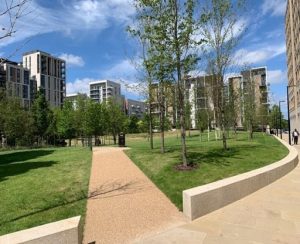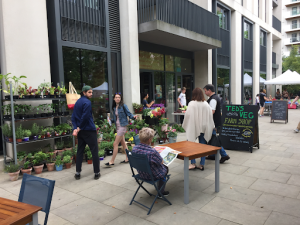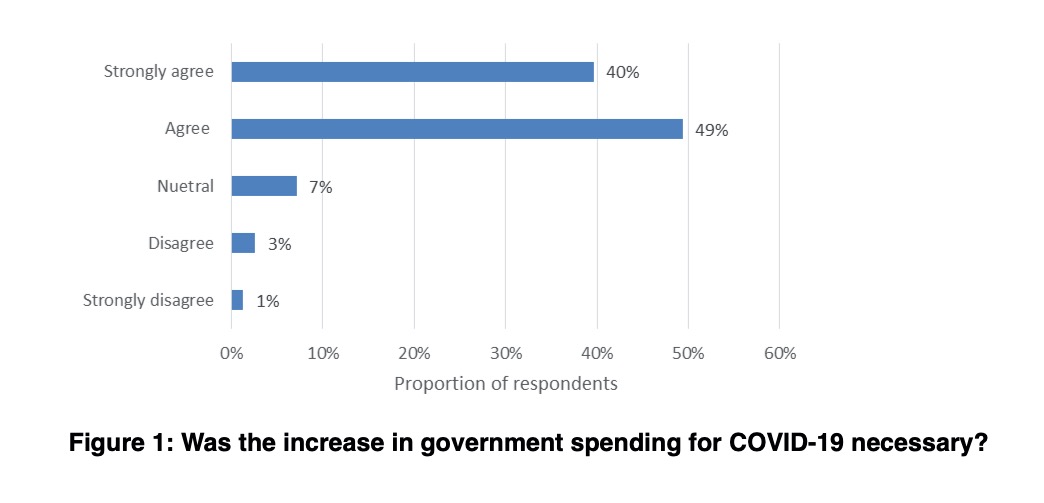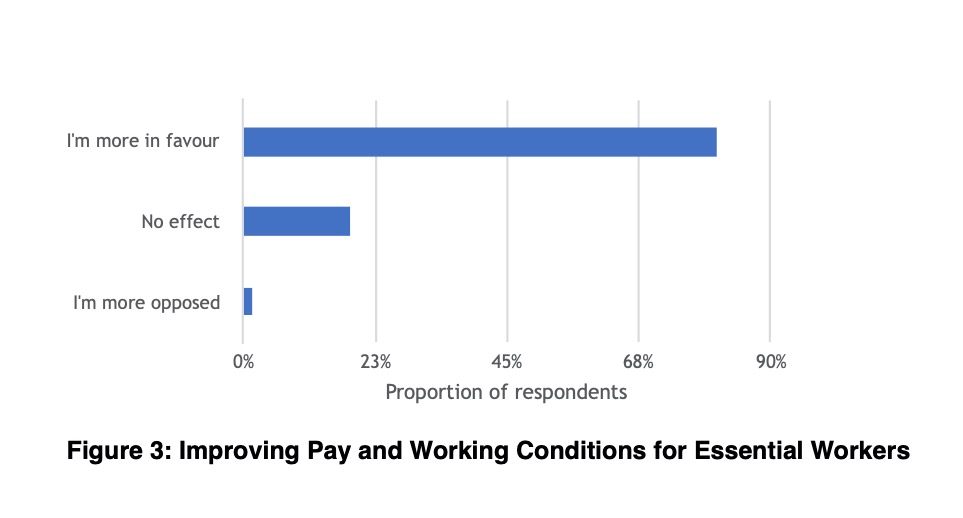Mike Makin-Waite
Following the Labour Party’s defeat in this month’s Hartlepool by-election, and mixed results elsewhere, including the loss of many council seats, there is renewed debate about the politics of ‘belonging’.
All too often, this debate takes simplistic forms, as if a bit of patriotic signalling and Union Jack waving, or a focus on very localised issues such as the state of the pavements, can offer politicians the route back to popular support. In fact, the politics of belonging are complex, and need to be handled accordingly. They have been shaped by long processes of deindustrialisation which have affected many parts of Britain, as elsewhere – and by the ‘austerity’ policies which were pursued by the Cameron-Clegg coalition government.
My recent research notes how the psychology of regional and local belonging has reshaped politics in northern England. This is partly an expression of the long-term trend of particularist identities developing in response to globalisation. It takes specific forms prompted in part by the growth of Scottish nationalism; the growing significance of the directly-elected mayors serving Greater Manchester, the Liverpool and Sheffield city regions, and, now, West Yorkshire; increased awareness of England’s north/south divide; and place-based reactions to the inequalities which result from the long-term distortion of economic policy to serve the interests of the London-based financial services sector.
I focussed on the town of Burnley, where I was a local government officer from the mid-1990s until 2018: my new book On Burnley Road: Class, Race and Politics in a Northern English Town tracks how deindustrialisation set the context for serious racialised rioting twenty years ago, followed by the first ‘breakthrough’ successes for Nick Griffin’s British National Party. The themes established at that time in Burnley’s local politics – antipathy to immigration, opposition to ‘multiculturalism’ and a desire to leave ‘Europe’, later became more widespread and generalised, shaping 2016’s Brexit vote and providing core arguments for Johnson’s Conservatives as they began defeating Labour in the so-called “red wall” seats.
What lay behind these developments? In Burnley, social changes and serious economic dislocations had made many people feel alienated from their surroundings. Modernisation” in the workplace or the neighbourhood had all too often spelled redundancy, displacement and marginalisation. Most peoples’ sense of their place is based on the time when they established key aspects of their identity. At the time of the 2001 northern town riots, large numbers of Burnley residents remembered working life in the post-war years. The 1960s and 1970s were decades of relative social stability and predictable improvements in living standards. Shared experiences provided common reference points, many of them for town’s Asian-heritage residents and white residents alike.
But the wave of factory closures and job losses from the 1980s led to the removal of referents, underpinnings and co-ordinates that were crucial to people’s sense of self. Working-class life became fragmented, and income levels and living standards were driven down. This did not necessarily reduce ‘belonging’ as such, but generated a form of disturbed, unsettled belonging. Some people reacted to social changes and dislocations by ‘investing’ more in their immediate locality. This was in part an understandable retreat from a world in which local institutions such as the town’s building society, or well-known family firms, had been closed by or drawn into the rootless dynamics of global financial flows, with their chaos and impermanence.
But some forms of ‘pride’ in ‘belonging’ to a neighbourhood involved a distancing from the wider town, and inward- looking and defensive attitudes which could turn into fear of ‘others’. One under-researched aspect of this shift, which happened in many places across northern England during the 1990s, was the increasing salience of ‘small-place identity’. This saw people ‘moving’ psychologically whilst staying in the same place. In the places I know well, some people who have lived in the same house for thirty or forty years have changed their description of home. Once they would have said that they came from their town or city (Burnley or Accrington, Blackburn or Bradford) but would now describe themselves as coming from their particular neighbourhood (Briercliffe or Baxenden, Brownhill or Wyke).
In this context, some political actors began asserting the needs and interests of local neighbourhoods in opposition to the rest of the borough or the city, rather than making a claim for resources and attention which at the same time acknowledged the need for balanced decisions across the local authority area. In Burnley in the late 1990s, a small group of Independent councillors began comparing their own wards to ‘certain other areas’, a counter-position carrying a racist element, at first coyly suggested and then explicitly stated. Unmet needs in some wards were contrasted with small parts of town that had become ‘mainly Asian’ and that were now included in targeted regeneration programmes. Taking up this theme, the local press promoted the myth that unfairly disproportionate funding was ‘going to Asians’. In this way, urban regeneration initiatives began to be a focus of resentment, which many Labour councillors failed to counteract and sometimes indulged. The locations set to benefit were often not much more deprived than adjacent places, which were not going to have money spent in them: residents paying their council tax but living next to regeneration areas felt like money was being taken from the medium poor to give to the poor poor.
‘Urban renewal’ thus had the unintended and perverse effect of contributing to social polarisation. Some people at once stigmatised and resented their neighbours: the soon-to-be beneficiaries of government grants were at the same time blamed for being the authors of the situation which required the ‘handout’, and envied for getting money which others couldn’t access. Subsequent regeneration programmes and social policy initiatives did take account of the dangers which were highlighted by the 2001 riots. Some of the work carried out by Burnley Council, voluntary organisations and the interfaith network showed that used sensitively and confidently, ‘belonging’ can be one of the themes around which we can develop inclusive political identities in our towns and cities. Nevertheless, politicians and professionals need to be continually mindful of the dangers of using ‘belonging’ in simplistic ways, and be alert to the risks and problems that can result.

